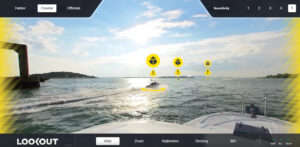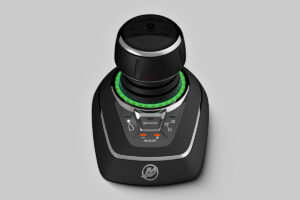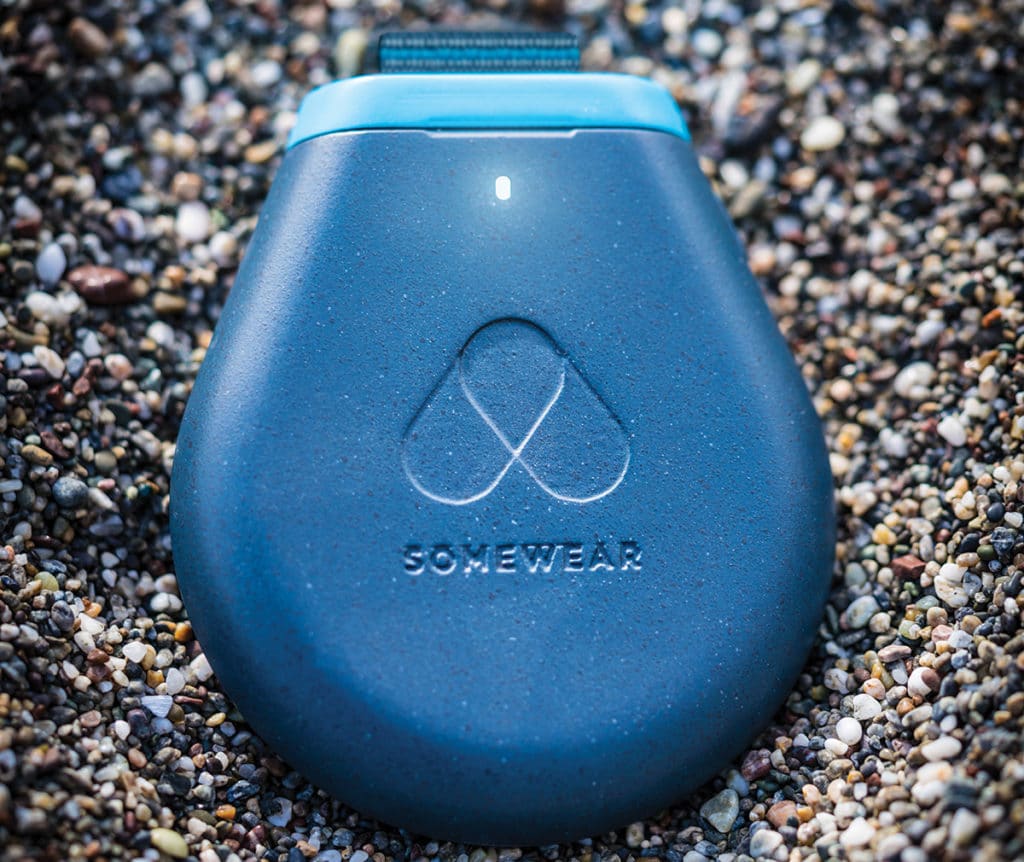
Bernard Moitessier was in the Southern Ocean, en route to winning the 1968-69 Sunday Times Golden Globe Race — the first nonstop, single-handed, around-the-world sailboat race — aboard Joshua, his 39-foot steel-hulled ketch, when he experienced a life-altering epiphany. The trouble in sharing it was that Moitessier, ever the purist, had no VHF radio. He favored a slingshot and cans that he filled with written dispatches and undeveloped film and fired onto the decks of the occasional passing ship.
His shot that was to be heard around the world, once the crew transmitted his now famous words ashore: “I am continuing nonstop because I am happy at sea, and perhaps because I want to save my soul.”
Had Moitessier been alive today, he might have considered toting a satellite-hotspot device that would have let him send SMS updates to friends, family and race officials, sans fear of a meditation-disrupting voice call.
Garmin’s inReach Mini offers a loud (electronic) voice for its tidy, flyweight packaging. Like its bigger brothers, the Mini ($349 plus satellite-subscription service) sends and receives Short Burst Data using Iridium’s global satellite-communications network. It also allows users to send SMS communications, download weather forecasts, and contact the GEOS emergency-monitoring center for rescue services.
“Safety is obviously the most important [element], but being able to communicate [globally] is quite amazing as well,” says Chip Noble, Garmin’s senior product manager for inReach devices. “From a safety standpoint, the inReach Mini is different from an EPIRB because it allows you to communicate with GEOS during [an emergency], and that critical information often gives first responders an added advantage.”
The inReach Mini also allows friends to track a boater’s adventure via Garmin’s MapShare tracking Web page, which inReach Mini updates in user-selectable intervals.
The inReach Mini is engineered to IPX7 and MIL 810F environmental standards and has Bluetooth connectivity. Users can download NOAA charts and aerial photographs for U.S. waters to their wireless device via Garmin’s Earthmate app using cellular or Wi-Fi connectivity, and can navigate on a mobile device’s screen using the Mini’s GPS data.
Critically, inReach Mini users can send and receive SMS messages via wireless devices using the Mini as a Sat-Fi hotspot, or use the Mini’s virtual keyboard on its sunlight-readable monochrome screen to compose communications. Users also can access basic or premium ($1 per download) weather forecasts via an inReach Mini.
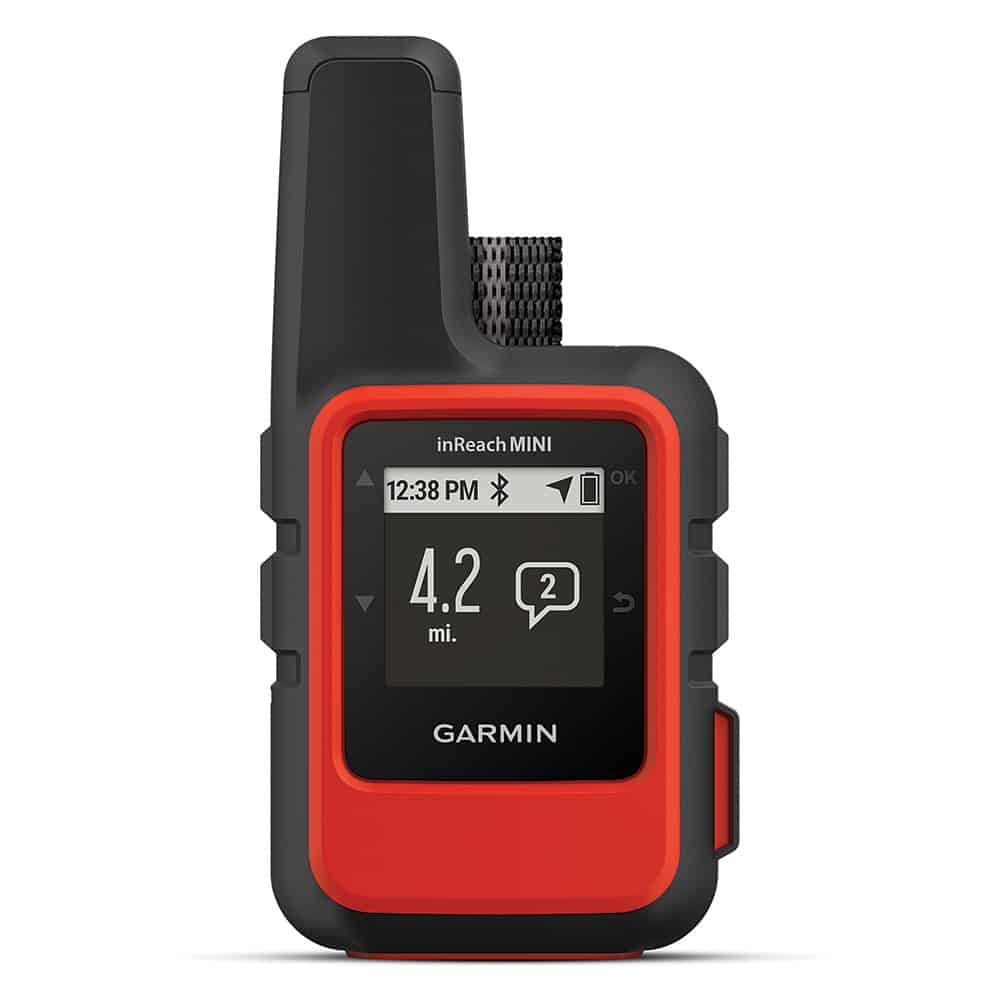
Another option for portable communications is Somewear Labs’ Global Hotspot. It was still in its preorder phase at the time of this writing and purportedly will allow users to stay in touch irrespective of latitude or longitude. The Somewear Global Hotspot ($319 plus required data plan) operates on Iridium’s global satellite-communications network using Short Burst Data, and it can connect to an Android or iOS wireless device via Bluetooth.
Users can send SMS messages to any phone, email address or other Somewear Global Hotspot via the Somewear mobile app while receiving messages. Each outgoing message includes the Hotspot’s latitude and longitude, giving family and friends a trail of electronic breadcrumbs. Additionally, Somewear Global Hotspots are equipped with an emergency button that initiates communications with GEOS.
The Global Hotspot requires a clear sky to deliver optimum performance. It’s IPX7 and MIL 800-rated, meaning that it’s prepared for rough seas. And, at 3.6 inches long by 3 inches wide, it’s the lightest satellite hotspot afloat.
Aside from its SOS and power buttons, the Global Hotspot is controlled via the app. Somewear Labs expects the device’s internal battery to send or receive 1,000-plus SMS messages per charge.
The Global Hotspot supports interval tracking and location sharing, however, its downloadable library doesn’t include official cartography from the National Oceanic and Atmospheric Administration.
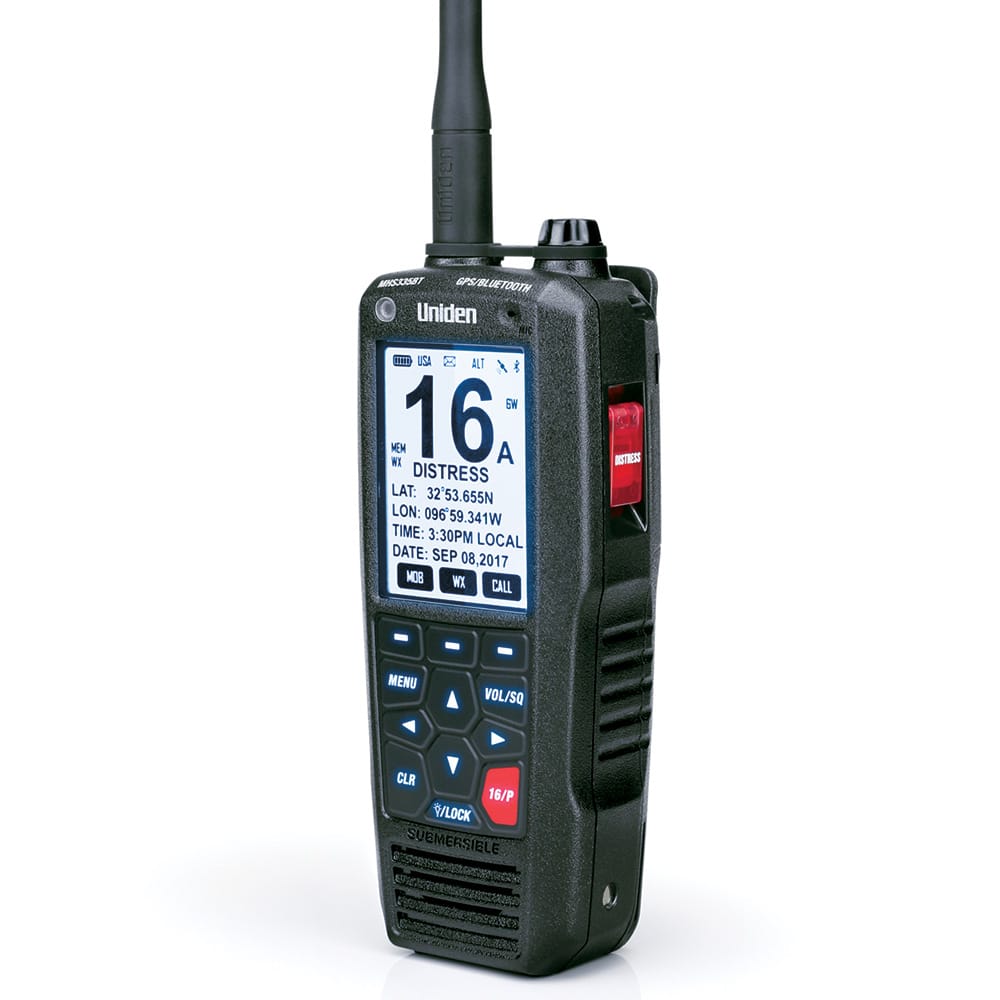
“We haven’t enabled downloading of NOAA nautical charts, but the system is capable of handling that in the future,” says James Kubik, CEO of Somewear Labs. “At launch, we’re releasing the core features. … This also lays the framework for future features. For example, our weather feature involves proprietary compression that can be applied to enabling real-time access to other types of variable information, like wind data.”
Yet another product to consider is Uniden’s MHS335BT handheld radio ($195), which is ushering in a new era of sending data over VHF frequencies. This 6-watt VHF device has an integrated GPS receiver and Class D digital selective calling (DSC), allowing users to issue blanket-broadcast emergency calls or directly contact individual DSC-enabled VHF users via their nine-digit maritime marine service identities.
What makes the MHS335BT unique is its Bluetooth connectivity, which allows it to pair with a third-party wireless device (Android or iOS) using Uniden’s Marine app. Users enter their DSC contact list into the radio, and then — once their smartphone is connected to the VHF via Bluetooth — they can address and compose private text messages on their wireless devices and send them, via the MHS335BT, to the addressee’s compatible VHF device.
“The first use that comes to mind is the ‘I’m on the fish!!!’ [text], which no one wants everybody to know,” says Kent Newman, Uniden’s marine product manager.
Unlike the aforementioned devices, the MHS335BT uses a point-to-point communications strategy (satellites and cell towers not included). Because of this, the radio’s antenna and transmit power dictate the range of a user’s SMS communications.
“As we know, use of a smartphone is essential to everyday life,” Newman says. “Uniden recognizes the current and future need for this feature and plans to expand and support this going forward.”
Additionally, the MHS335BT is buoyant, carries an IPX8 weatherproof rating, and has a water-activated man-overboard alarm that issues a DSC distress call and lights up a water-activated strobe when submerged. The handheld also has noise-canceling technology and supports waypoint navigation.
At-sea communication has come a long way from cans and slingshots.



